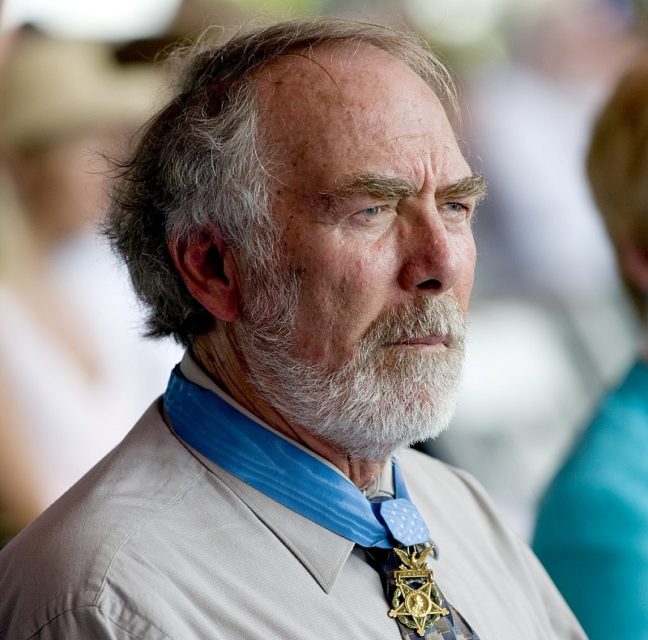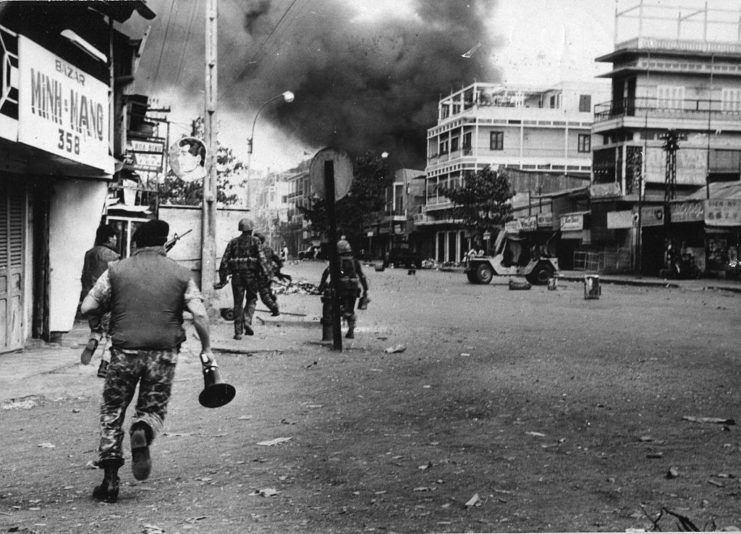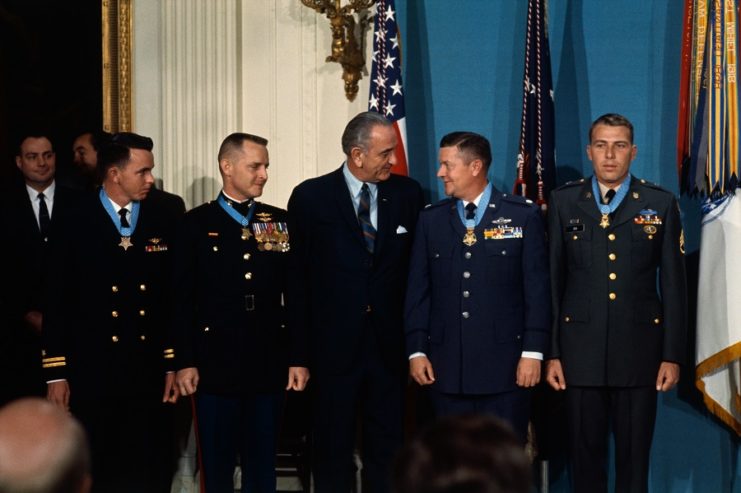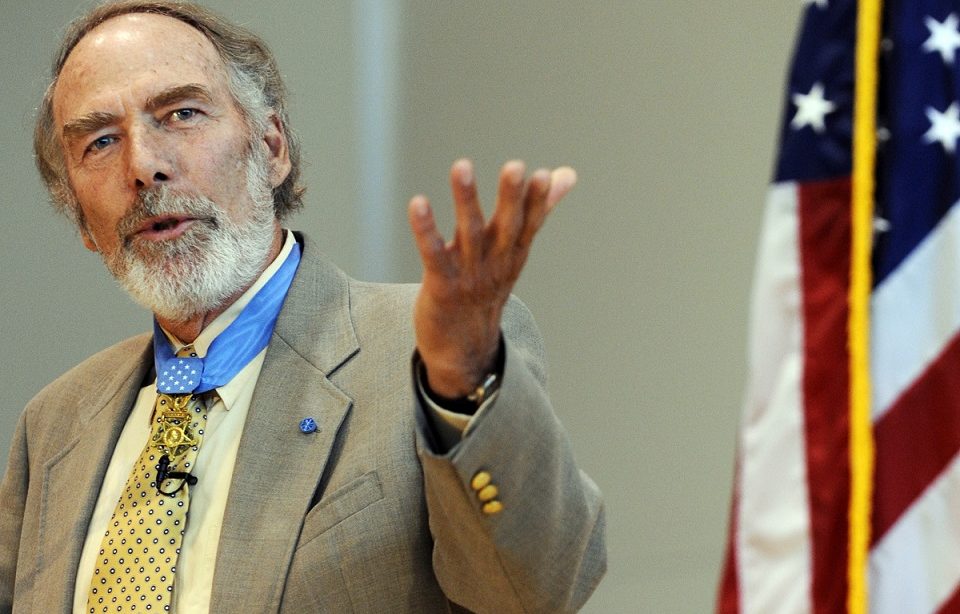Drew Dix was an American Special Forces member who famously fought in Vietnam during the Tet Offensive. Dix successfully fought his way through a city in chaos, capturing a number of Viet Cong fighters and personally racking up a large kill tally. For this, he became the first enlisted Special Forces soldier to receive the Medal of Honor.
Drew Dix enlists in the US Army

Drew Dix was born in West Point, New York on December 14, 1944, but grew up in Pueblo, Colorado. Throughout his childhood, he seemingly prophesied his future, as he dreamed of someday becoming a member of the US Army Special Forces.
He tried joining when he was 18 years old, but the Army recruiter turned him away, as he had to be 21 to enlist. Instead, he joined the 82nd Airborne Division. With the 82nd, he was initially based at Fort Bragg, North Carolina, but was later deployed to the Dominican Republic to control the raging civil war in the country.
Deployed to Vietnam

Two years later, Drew Dix was sent to Vietnam, where he expected to be thrust straight into the fighting. However, he was actually deployed in Châu Phú, near the Cambodian border, to serve as a military adviser to the Army of the Republic of Vietnam (ARVN). While there, he used his expertise to train locals on ways to fight the Viet Cong, and also gathered intelligence.
In January 1968, the North Vietnamese launched the Tet Offensive, an enormous surprise military operation meant to trigger political instability and revolutions. Although the offensive was eventually stopped and pushed back, the opening days and weeks saw North Vietnamese troops capture many territories and cities.
Châu Phú came under heavy attack during the Tet Offensive. Two Viet Cong battalions attacked the city and smashed through its defenses. On his own accord, Dix assembled a team of Vietnamese soldiers and two Navy SEALs and started conducting rescue missions. The team quickly saved a nurse, but lost one of their SEALs in the process. Shortly after, the second returned to his unit.
Dix and his group then tried to save civilians stuck in two different buildings, but mortar fire hampered their escape.
Medal of Honor actions

For his actions during the Tet Offensive, Drew Dix was awarded the Medal of Honor by US President Lyndon B. Johnson, becoming the first US Army Special Forces member to be given the honor. According to his citation:
“Dix voluntarily led another force to rescue eight civilian employees located in a building which was under heavy mortar and small-arms fire. S/Sgt. Dix then returned to the center of the city. Upon approaching a building, he was subjected to intense automatic rifle and machine-gun fire from an unknown number of Viet Cong. He personally assaulted the building, killing six Viet Cong, and rescuing two Filipinos.”
The next day, Dix headed back into the city, this time with a team of 20 men. They “cleared the Viet Cong out of the hotel, theater, and other adjacent buildings within the city,” despite being under heavy enemy fire the entire time.
After witnessing Dix’s bravery, his team was inspired and sprung into action, unleashing their weapons against the Viet Cong. According to his citation, “Dix captured 20 prisoners, including a high ranking Viet Cong official,” before engaging enemy troops who’d entered the Deputy Province Chief’s residence and rescuing the chief’s wife and children.
“S/Sgt. Dix’s personal heroic actions resulted in 14 confirmed Viet Cong killed in action and possibly 25 more, the capture of 20 prisoners, 15 weapons, and the rescue of the 14 United States and free-world civilians,” his citation reads, adding that his heroism “was in the highest tradition and reflects great credit upon the U.S. Army.”
Drew Dix’s life after his military service

During his later years of service, Drew Dix received a commission to first lieutenant. After 20 years of service, he retired from the US Army with the rank of major, having spent the years prior as the Executive Officer of the 4th Battalion, 9th Infantry Regiment, 172nd Infantry Brigade (Separate) at Fort Wainwright, Alaska.
More from us: John Levitow: The Lowest-Ranking US Air Force Airman to Receive the Medal of Honor
Opting to remain in Alaska, Dix served as the state’s deputy commissioner for homeland security. He also ran an air service and worked as a security consultant. In 2000, he released his autobiography, The Rescue of River City, in which he details his experience with the US Army.
